Exploring the Effects of Fourth Industrial Revolution
Manish Kumawat
Last Updated on: 09 July 2025
The aim of each revolution is to bring some impact. Whether it is the social, political, economic, or technological revolution we can see multi-dimensional impacts of it. When we study the impact brought by revolutions, both positive and negative impacts need to be considered.
The history of industrial revolutions that began in the mid-1700s itself proves the impact of previous industrial revolutions. As we now go through IR 4.0, or Industry 4.0, it is useful to know the impact of the current industrial revolution from various angles of society. Especially, if you are a business aspirant or owner, you need to know it in detail.
The fourth industrial revolution completely depends on the changes that are brought about by various technologies. Just watch the leading businesses around you, and you can notice how they are taking advantage of this IR 4.0. When you know the impact of the fourth industrial revolution, you will be amazed at the ways technologies can change your business level.
So here we will discuss the impact of the fourth industrial revolution in various sectors of society. Get ready to know the amazing facts happening around you!
See the History!
Before going into its impact in detail, let’s have a look at the basics:
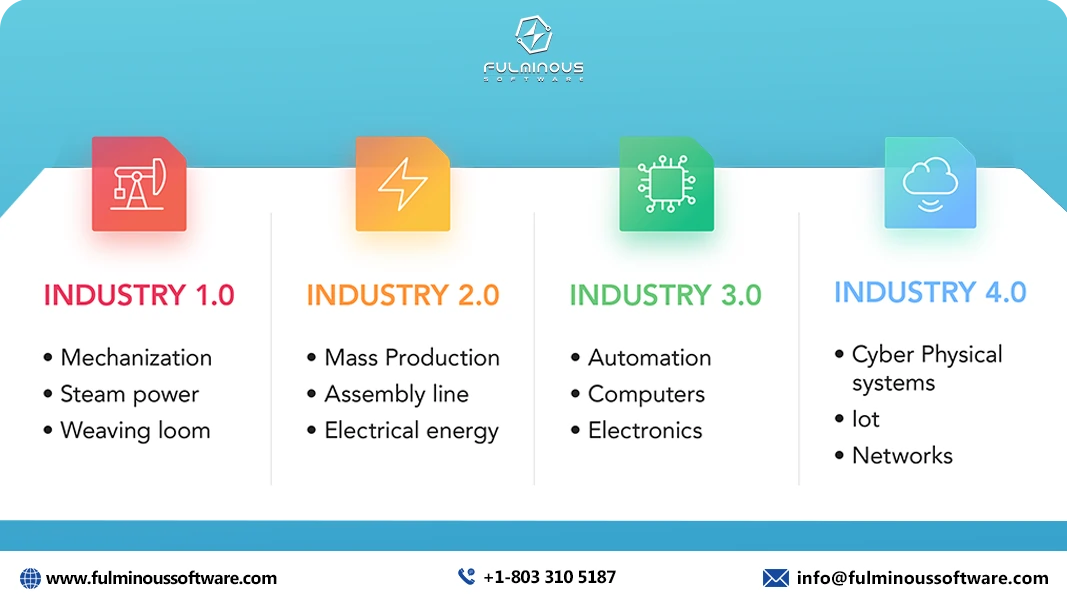
| Industrial Revolution | Time Period | What Was Special | What Changed | Inventions |
|---|---|---|---|---|
| First Industrial Revolution | Late 1700s - Early 1800s | Steam and machines | Steam engines powered factories, trains, and boats, making work faster. | Steam engines, machines to make clothes, cotton machine |
| Second Industrial Revolution | Late 1800s - Early 1900s | Electricity and making lots of things at once | Factories used electricity, and many things like cars and phones were made in large amounts. | Light bulb, fast production lines, first long-distance phone |
| Third Industrial Revolution | Mid 1900s - Late 1900s | Computers and robots | People started using computers, the internet, and robots to do many tasks. | Personal computers, robots, internet |
| Fourth Industrial Revolution | 2000s - Present | Smart machines being connected everywhere | Smart robots and computers help people, and everything is connected to the internet. | Smart machines (AI), robots, self-driving cars, smart factories, cloud computing, augmented reality, big data analytics, digital twin, 3D printers |
Why Business Owners Need to Know About the Fourth Industrial Revolution?
Even the common man is experiencing the impact of IR 4.0 in their daily life. So in that case, if you are a business owner dreaming of reaching the top of your industry, you have no other choice. Here’s why:
- Stay on Top: If you don't use this new tech, your competitors will. The trick is simple: know the ways to use and grab the benefits.
- Make Life Easier: This tech can do the boring stuff for you, so you can focus on what you do best – growing your business.
- Happy Customers: Customers expect things to be fast and personalized. New tech helps you give them exactly that.
- New Growth: This revolution opens doors to new products and services you never even imagined.
- Attract Great People: Many jobs now need tech skills. Training your team helps you find and keep the best people.
- Be Ready for the Future: The world is changing fast. Knowing about this tech helps you adapt and find new opportunities.
Basically, learning about this "tech revolution" helps you run a smarter, more successful business.
Let’s Get Familiar with the Technology Behind the Fourth Industrial Revolution
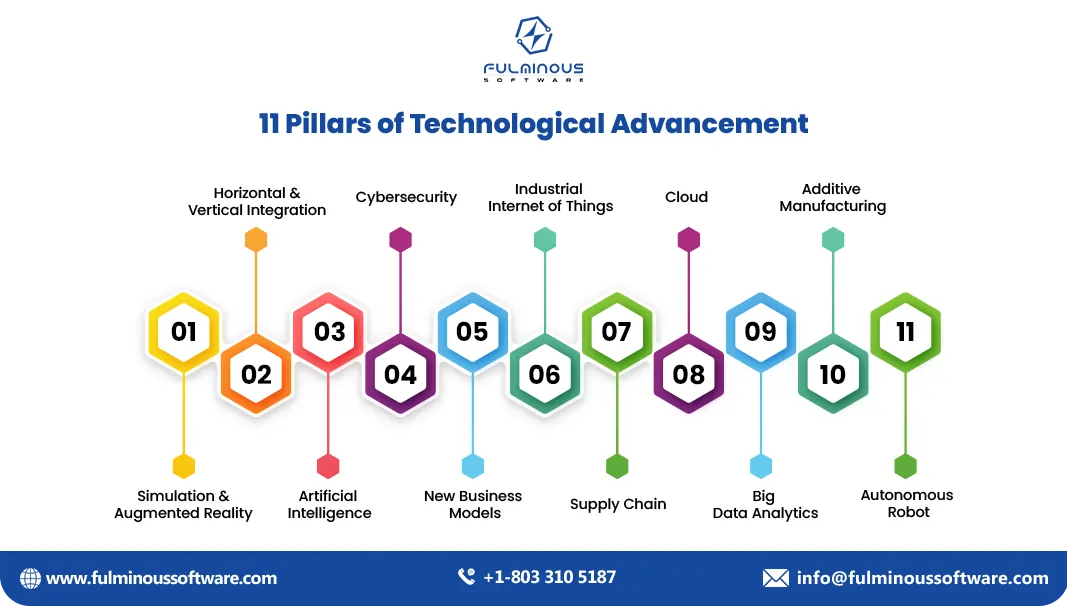
It is relevant to know the characters and their role before getting into the story. Similarly, the following technologies are the heroes of Industrial Revolution 4.0. The Fourth Industrial Revolution is all about new technologies that connect the things we can touch in the real world with the digital world, like computers and the internet.
- Artificial Intelligence (AI) and Machine Learning: AI allows machines to think and make decisions like humans. Machine learning is when computers get smarter over time by learning from data.
- The Internet of Things (IoT): IoT connects everyday objects to the Internet to communicate and make better decisions.
- Robots and Automation: Robots perform tasks autonomously, like manufacturing and surgery. Automation allows machines to handle tasks, increasing accuracy and efficiency.
- Blockchain: Blockchain is a secure digital ledger for tracking information, commonly used in finance and for securing identities.
- Genetic Engineering and Biotechnology: These technologies enable changes to genes to address health and agriculture challenges.
- Quantum Computing: Super-fast computers capable of solving complex problems faster than traditional computers.
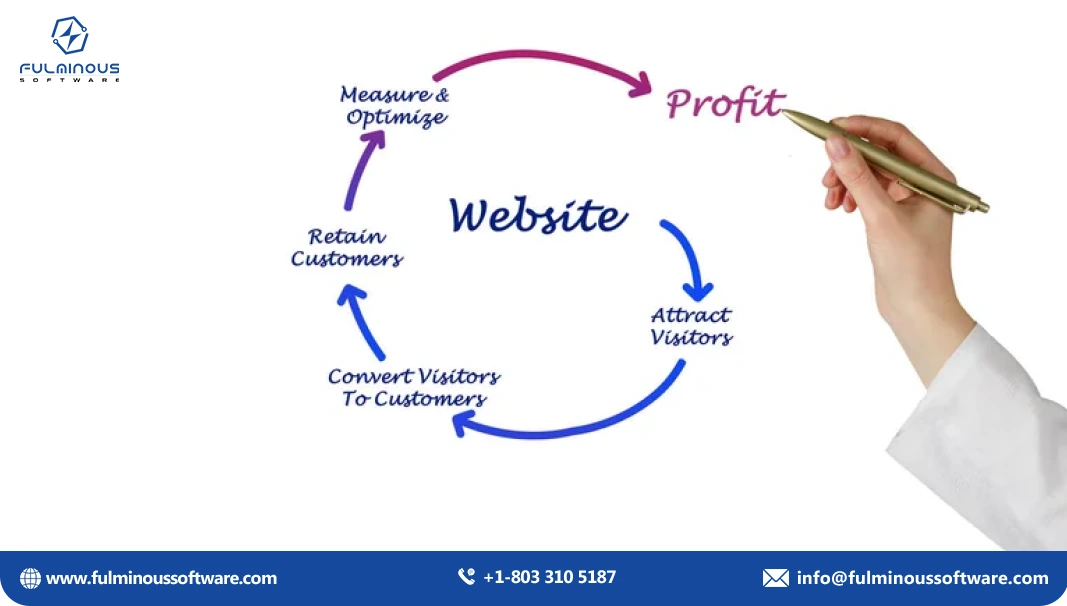
How the IR 4.0 Affects the Economy
The economy is highly influenced by 4IR. When we consider both positive and negative impacts, you will be amazed.
Jobs: Some Lost, Some Created
4IR’s impact on jobs is very relevant. There is a mixture of opinions about this in society. As machines and technologies do most of the tasks, some think it causes unemployment. Machines like robots and computers are doing jobs that people used to do. For example, robots can build cars, and some trucks can drive by themselves. Due to this, fear of losing jobs is one major concern.
But, the reality is that 4IR also creates new job opportunities than past. People will need to work with new machines, like robots and computers, and keep information safe. Jobs that need creativity, feelings, and problem-solving, like designing things or helping others, are harder for machines to do. As technology grows, people will need to learn new skills to find new jobs.
Changes in Business Activities
Almost all businesses are getting adjusted to the new trends of 4IR and they integrate the latest technologies. This transformation has completely changed their business processes. Many companies are using the internet to connect with customers and workers, like how Uber and Airbnb let people work or rent without a big company. This is called the “sharing economy.”
Businesses are also using smart technology to learn more about customers. This helps them make better products and know what people might want next. Using technology, businesses can work faster and give each person what they need.
How the Fourth Industrial Revolution Affects Manufacturers
The manufacturing industry is one of the leading sectors that take maximum benefits of IR 4.0. The Fourth Industrial Revolution (4IR) is changing manufacturing processes in big ways:
- Robots are doing more work, making things faster and with fewer mistakes.
- Factories can monitor the working of machines and reduce downtime.
- Factories are using smart tech to keep track of machines and products in real-time.
- It's easier to make products that are specially made for each customer, giving people exactly what they want.
- Machines and robots help cut costs by doing the work instead of people, plus they make fewer errors.
- 3D printing and other tech let manufacturers create cool, new products that weren’t possible before.
- Workers need to learn new tech to keep up, so companies are helping them get trained.
Global Trade and Supply Chains
At the global level, 4IR is improving collaborations and cooperation. 4IR helps businesses across the continents work together better. Businesses can track products and shipments in real time with the latest technologies like AI and IoT. This makes it easier and cheaper to move things around the world.
But, as machines do more jobs, some countries that depend on people to work might have problems. Countries that need workers for hard jobs might have fewer of those jobs because machines are taking over. This could be hard for some countries or workers who don’t have new skills.
In short, the Fourth Industrial Revolution brought both new opportunities and challenges that everyone needed to deal with.
Flexible Work, But With Problems
Are you familiar with gig work? Gig work means short-term jobs where people work for themselves, like driving for Uber or renting out a room on Airbnb. 4IR increases the opportunity for gig work. People like gig work because it lets them choose their hours.
But gig work has problems. Gig workers don’t always get things like health insurance or paid vacation that regular workers get. As more people do gig work, governments and businesses will need to make sure these workers are treated fairly.
Acquiring New Skills
The reality is that many people don’t have the essential skills for new jobs with these new technologies. Schools and other educational institutions may not teach everything. Also, the updates on these techs are regular. So those who want to work with these changes will have to keep learning and updating.
Many companies, like IBM and Amazon, offer programs to help workers learn new skills. Governments are also thinking about how to help workers who lose their jobs because of technology, by giving support to learn new skills or help while they find new jobs.
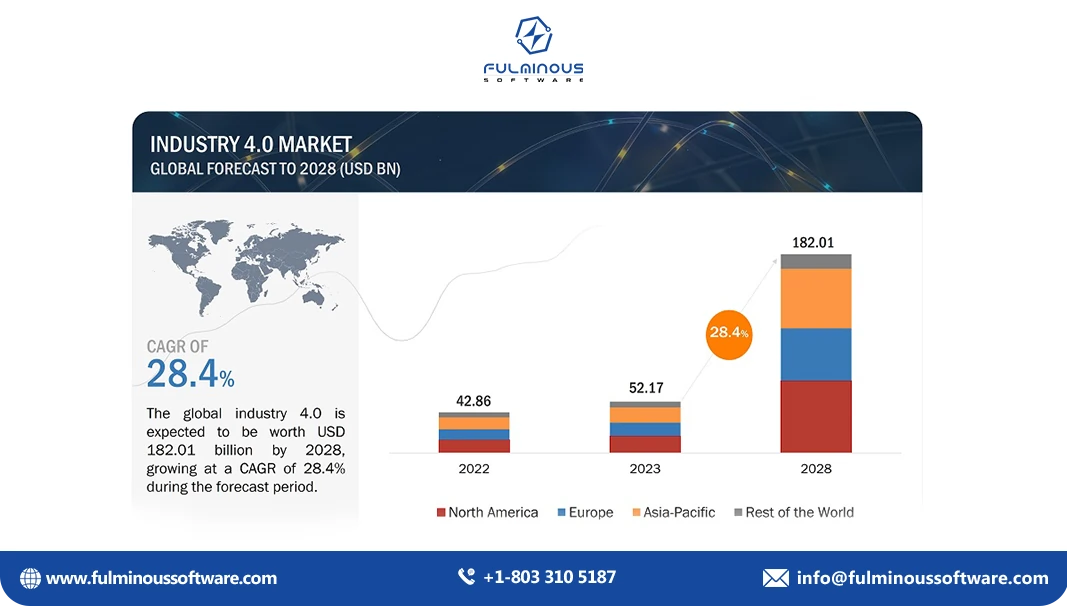
How the Fourth Industrial Revolution Affects Society
Even our daily lives are impacted by the fourth industrial revolution. More convenience and efficiency are achieved by changes brought by 4IR. But, we have to consider the concerns also.
Inequality and Access to Technology
One big problem with the Fourth Industrial Revolution is that not everyone has the same access to technology. Rich countries and people can easily get the latest technology, but people in poorer countries or communities may not have the same chances. This is called the “digital divide.”
Because of this, some people might miss out on things like good education, healthcare, or jobs, making the gap between the rich and poor even bigger.
Privacy and Security
More devices like smart home gadgets, robots, and online services are part of our daily lives, and remember they collect personal information. That’s why we need to worry about privacy and security. Every time we use these devices, they collect information about us. There is the possibility of misuse or stealing of this information. Also, when computers or AI make decisions, there is a risk they could be unfair. This could lead to unfair treatment of people.
Ethical Issues
Consider, that if a self-driving car makes a mistake and causes an accident, who is responsible? Is it the car company, the person who made the car, or the AI itself? There are plenty of similar cases that bring ethical issues. In such cases, it's difficult to find the solutions.
In short, while the Fourth Industrial Revolution can bring many good things, we must think carefully about fairness, privacy, and ethics to make sure everyone benefits safely and fairly.
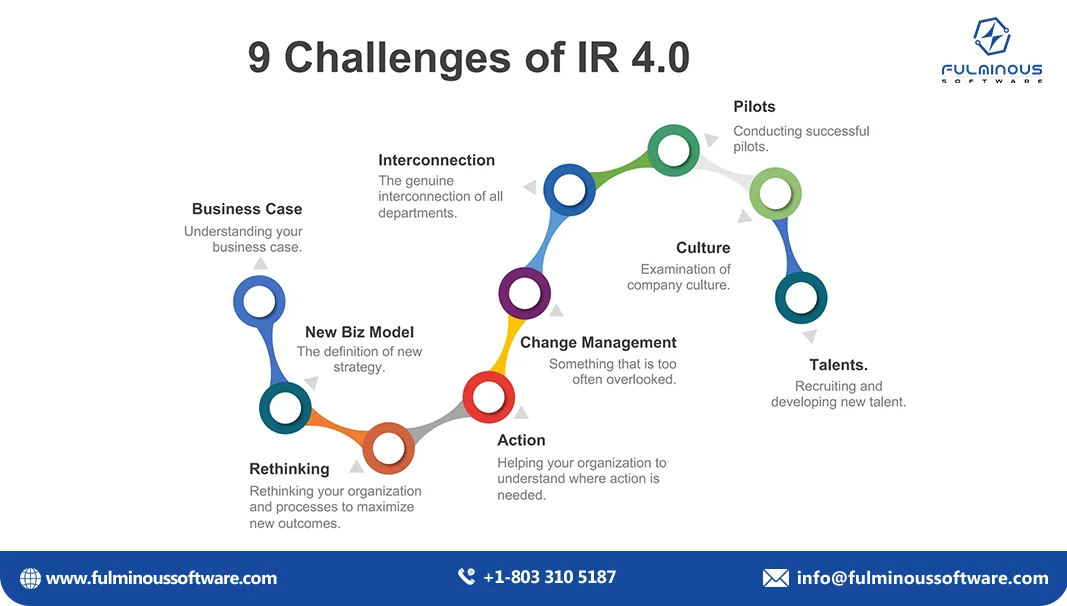
Preparing for the Future: Adjusting to the 4th Industrial Revolution (4IR)
As the world changes with the 4th Industrial Revolution, businesses, governments, and people need to be ready and flexible to go with the trends brought by 4IR. Here’s how they can do it:
- Businesses need to use new technologies like robots, AI, and data to stay ahead.
- In the upcoming scenario, companies should provide their employees with new skills to deal with IR 4.0.
- Governments should help schools teach the skills needed for future jobs, like technology and problem-solving.
- Governments should make sure new tech, like AI, is used safely and fairly.
- People need to keep learning things related to IR 4.0 throughout their lives to stay ready for new jobs.
- Being willing to try new things and adjust will help everyone keep up with changes in technology and work.
First of all, say yes to change. Whether you are a business owner, government official, or a common citizen, you need to shape yourself and get ready to be part of the 4th Industrial Revolution.
Conclusion
More than technological advancement, IR 4.0 is having a great impact on various angles of society. The awareness of these impacts will help us to understand the power of th
The impact of 4IR is clearly visible in employment, businesses, business activities, global business collaboration, learning skills, privacy, and even daily life. When we admit the positive impacts, don’t forget to understand the negative impacts and ways to overcome them.
If you are a business owner, especially a manufacturing business owner, you can get maximum benefits. Because industries like manufacturing and healthcare are mainly driven by the fourth industrial revolution.
Businesses that have a clear idea about IR 4.0 and its impact have already made clear strategies to go with the trends. Fulminous Software is a leading service provider of IR 4.0 consultancy and Digital transformation. If you want to know more about IR 4.0 or digital transformation, you can contact us.
FAQs
- Q1: What is the Fourth Industrial Revolution (4IR)?
- A: 4IR is a time when new technologies like robots, AI, and smart devices are changing how we live and work.
- Q2: How does 4IR impact businesses?
- A: Businesses use new technology to work faster, serve customers better, and create new products.
- Q3: What technologies drive the Fourth Industrial Revolution?
- A: Important technologies include AI, robots, smart devices, blockchain, super-fast computers, and gene editing.
- Q4: How does 4IR affect jobs?
- A: Some jobs are lost because machines do the work, but new jobs in tech are also created.
- Q5: What is the digital divide in 4IR?
- A: The digital divide is the gap between people who have access to new technology and those who don’t.
- Q6: How does 4IR affect privacy and security?
- A: With more devices collecting personal data, there are risks of it being stolen or used unfairly.
- Q7: What ethical issues arise with 4IR?
- A: There are tough questions about who is to blame when AI makes a mistake, like in a car accident.
- Q8: How does 4IR change global trade?
- A: 4IR helps businesses track products in real time and work together better across the world.
- Q9: How can businesses adapt to 4IR?
- A: Businesses need to use new technology, train employees, and keep improving products to stay ahead.
- Q10: What skills are needed for future jobs in 4IR?
- A: People need skills in technology, solving problems, and the ability to keep learning new things.
HIRE A TOP SOFTWARE DEVELOPMENT COMPANY

 Verified
Expert in Software & Web App Engineering
Verified
Expert in Software & Web App Engineering
I am Manish Kumawat, co-founder of Fulminous Software, a top leading customized software design and development company with a global presence in the USA, Australia, UK, and Europe. Over the last 10+ years, I am designing and developing web applications, e-commerce online stores, and software solutions custom tailored according to business industries needs. Being an experienced entrepreneur and research professional my main vision is to enlighten business owners, and worldwide audiences to provide in-depth IT sector knowledge with latest IT trends to grow businesses online.
Partner with Top-Notch Web Application Development Company!
Discuss your Custom Application Requirements on info@fulminoussoftware.com or call us on +1-903 488 7170.
15 Days Risk-Free TrialRecommended Articles


